Climate change is exacerbating extreme weather events and disasters, which pose threats to humankind. Relief and settlement of the impacted population are pressing issues in post-disaster settings. What is of prime focus to our fund is to figure out efficient ways to construct sustainable and low-carbon emergency housing, improve the living environment of vulnerable groups, care for their physical and mental health, as well as promote sustainability in post-disaster recovery.
Over the past three years, by working with Beijing Jiaotong University and Sichuan Branch of the Red Cross Society of China and applying the self-assessment tool “Quantifying Sustainability in the Aftermath of Natural Disasters” (QSAND)1, we have been building into the designs of emergency response key sustainability concepts such as modular design, assembly, the use of solar energy and other forms of renewable energy, which could contribute to the search for sustainable solutions for disaster prevention and preparedness.
BBBC 1.0:Won excellent results in the competition of the 3rd Solar Decathlon China
The team put forward a design scheme called BBBC – a strategy that includes multifunctional relief bag (Bag), modular relief Box (Box) and a combination of disaster relief spaces (Building). These three are managed by the Disaster Preparedness Cloud (Cloud) and can be utilized with flexibility according to the needs of different stages of disaster relief. (For more details, please visit the team’s website)
After 3 years of preparation and a 7-day competition with 10 categories of evaluations, BJTU+ team ranked 1st in Home Life and Energy Self-sufficiency, 2nd in Communication and Media and 4th in overall performance, as well as completed the challenge of 48 hours off-grid successfully.
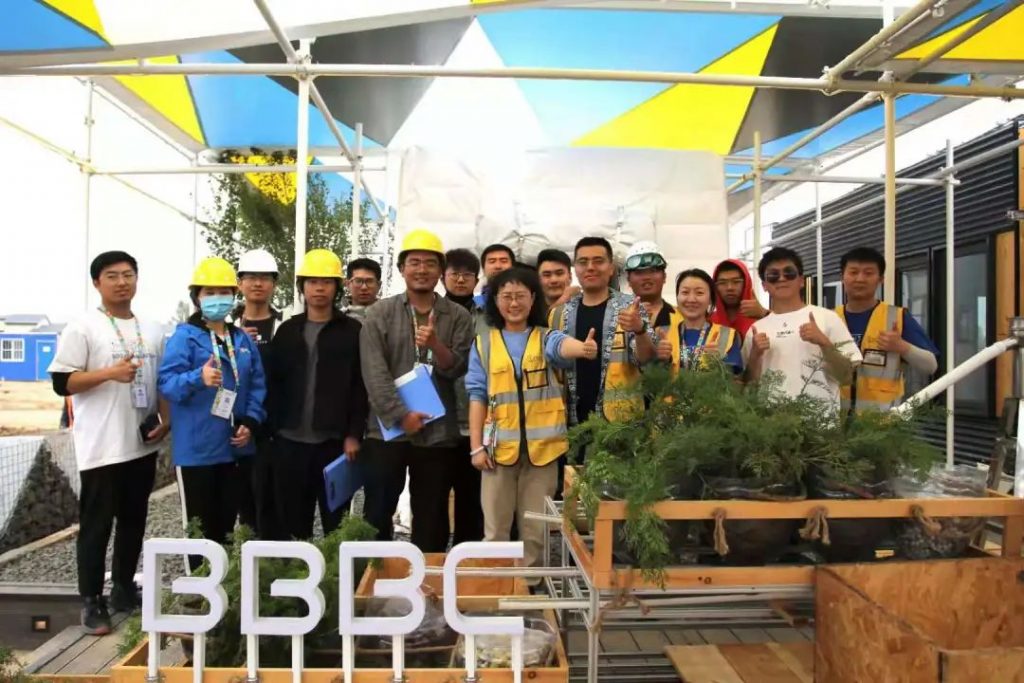
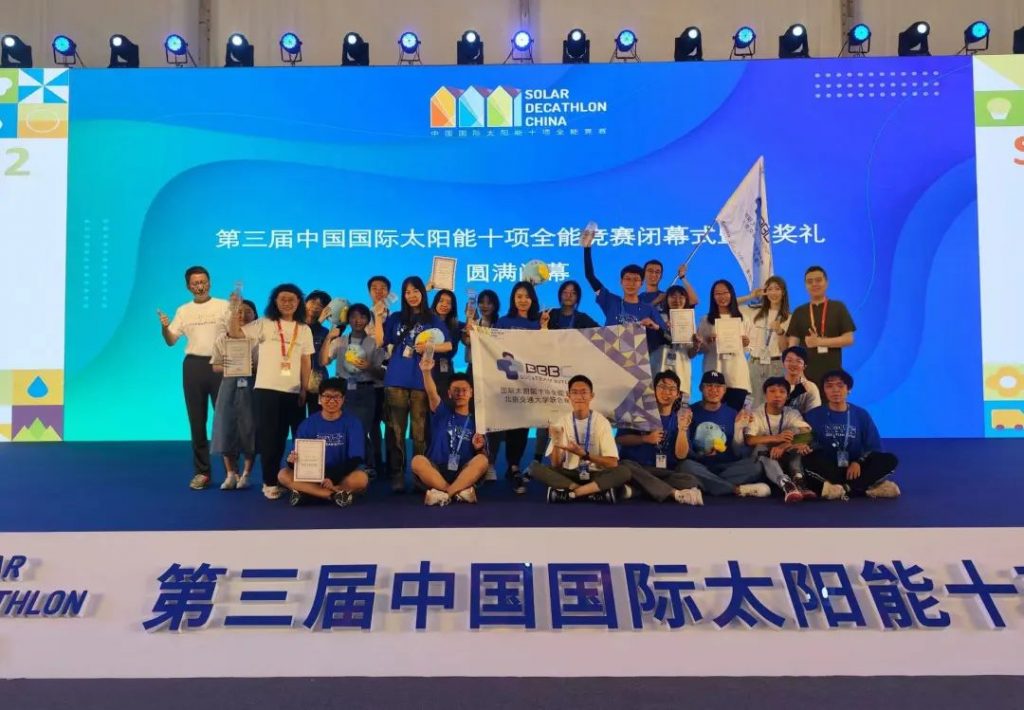


BBBC 2.0:The development of upgraded version with on-site demonstration wrapped up
Our fund and Beijing Jiaotong University jointly established the Research and Development Centre for Low-carbon Construction to further promote the development of sustainable emergency buildings, developing the Pre-fabricated solar-powered emergency housing system in post-disaster settings (BBBC 2.0).
The BBBC 2.0 is designed for use in disaster areas, and can be used to house people affected by disasters, providing them with basic housing and livelihood protection, as well as to set up areas for emergency command and temporary office for rescue teams, which meets the requirement of disaster areas and thus can serve as a powerful hardware support for disaster preparedness and relief.
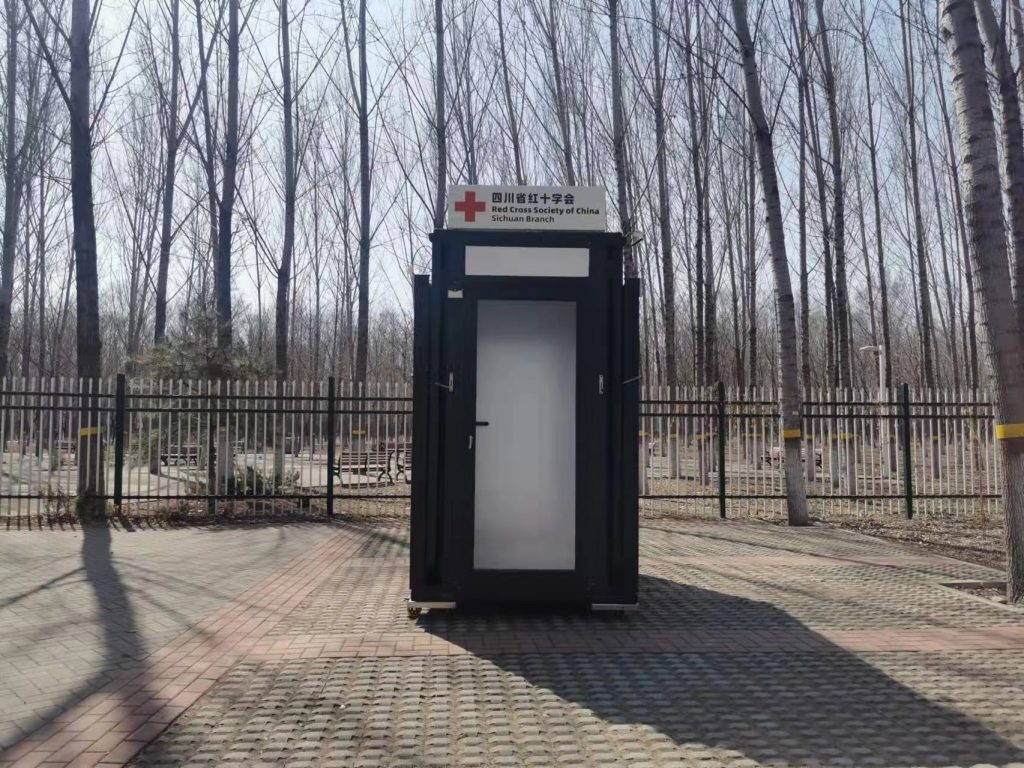
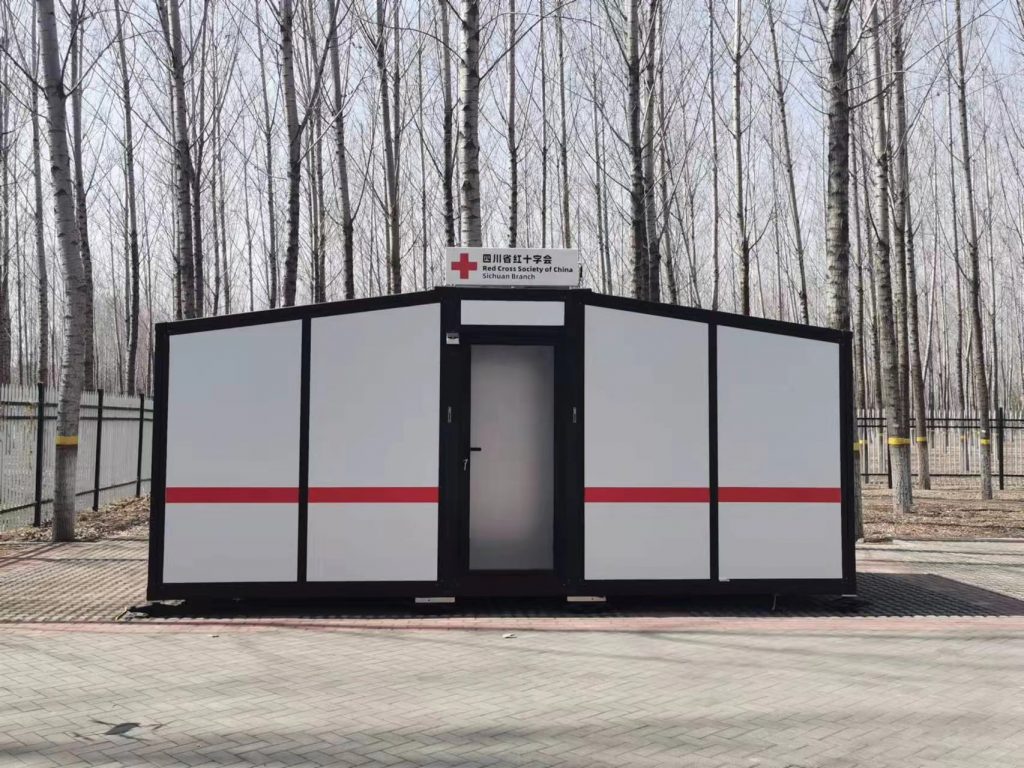


The project has simplified the process of production; hence items can be produced in bulk quickly and efficiently, and can be folded to put away by 2-3 adults in 5 minutes without mechanical equipment; it is of low maintenance, recyclable, and has a long service life. No secondary decoration is required, and the necessary amenities are already highly integrated to meet the basic needs of post-disaster life.
The BBBC 2.0 is made of aluminium, which is light, strong, and corrosion resistant with its high compression ratio of 1:4, which significantly reduces costs in terms of transport, storage, installation and recycling economy.
The project has 14 modules to meet the requirements of emergency relocation of people affected by disasters, emergency command, and office accommodation. All the modules can mainly be divided into the following three categories: 10 for office or residence, 2 for toilet and 2 for energy production. Each module is of 2.4m long * 1.4m wide * 2.7m high in accordance with the disaster preparedness warehouse shelf size requirements for storage.

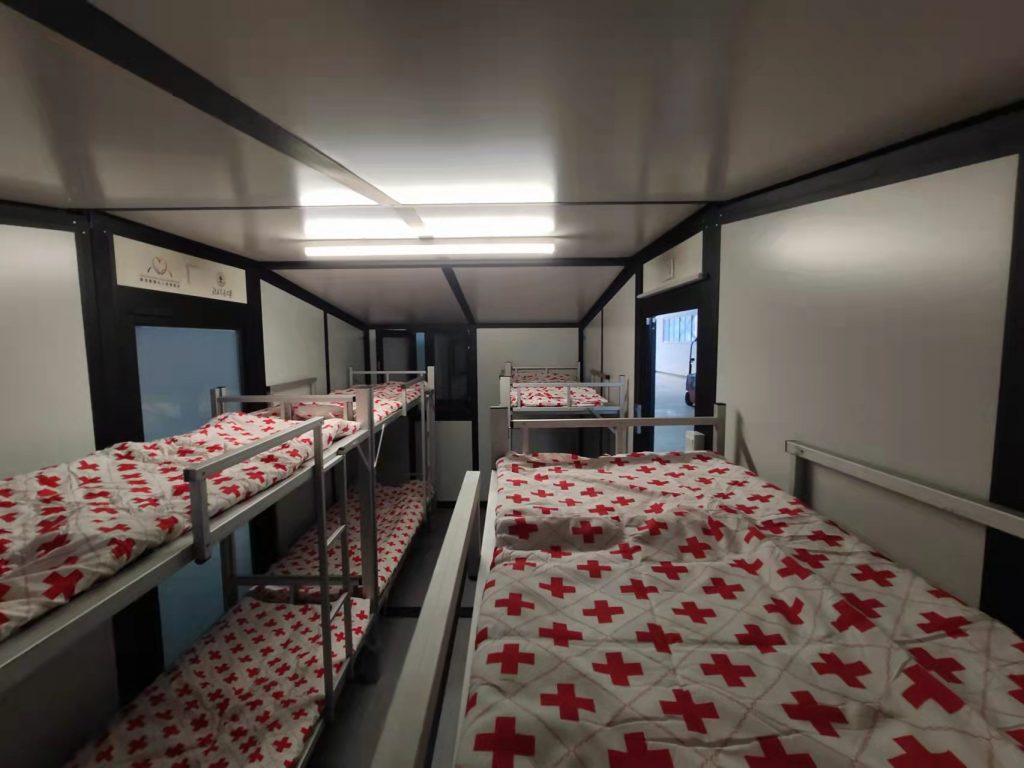


In August 2022, all modules of BBBC 2.0 were loaded into the warehouse in a folded state and stored in the Sichuan Red Cross Emergency Supplies Reserve Centre(四川省红十字应急物资储备中心), where they were included in the management of the provincial Red Cross Society’s donated assets, which are erected and recovered by the Red Cross Relief and Rescue Team(红十字会赈济救援队) when in use.

On the morning of 18 August, a demonstration practice was held at the Meishan warehouse of the Chengdu Disaster Preparedness and Relief Centre of the Red Cross Society of China. The team of Beijing Jiaotong University explained the instruction for the rescue team and successfully completed an on-site building demonstration in the hope of contributing to the rescue work in the future.
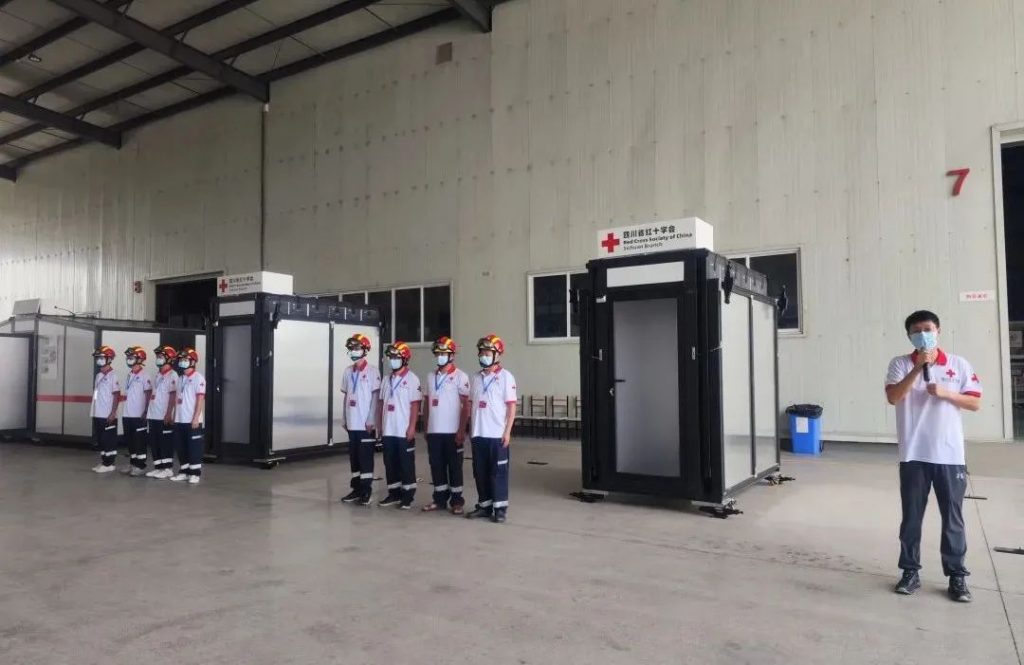
1 Quantifying Sustainability in the Aftermath of Natural Disasters (QSAND) is a self-assessment tool to assess and promote sustainability in post-disaster relief, recovery, and reconstruction.

